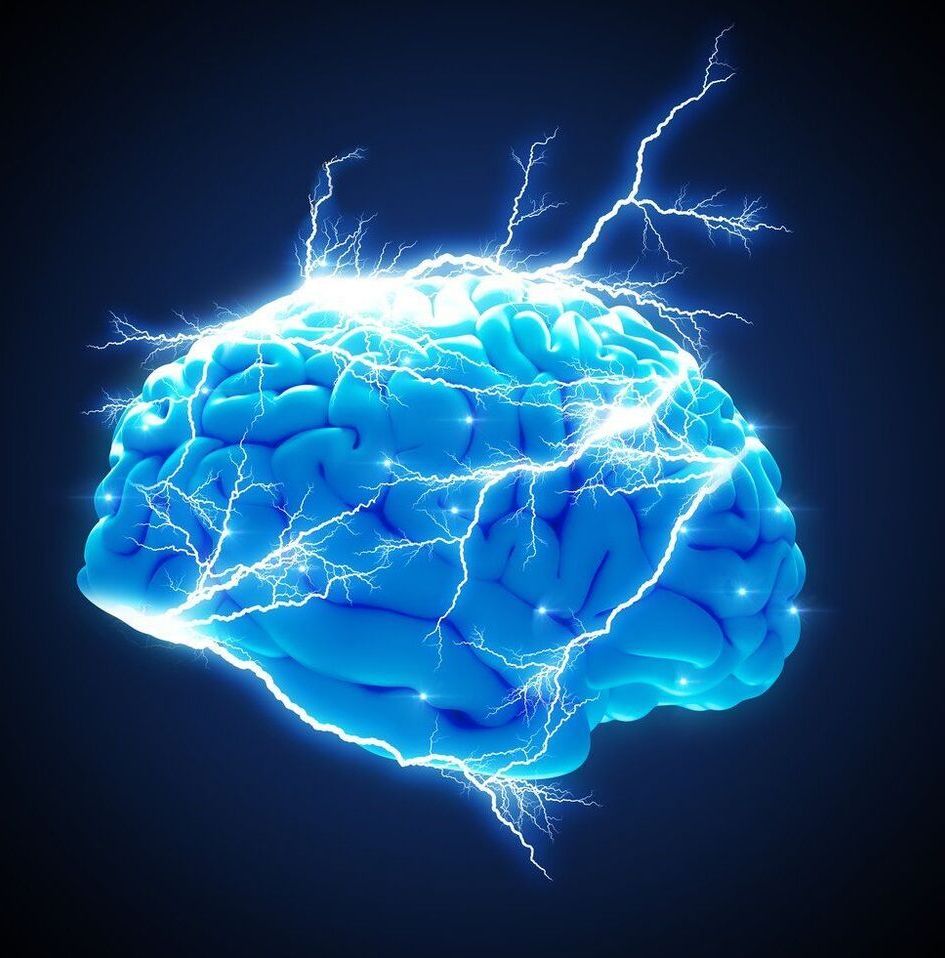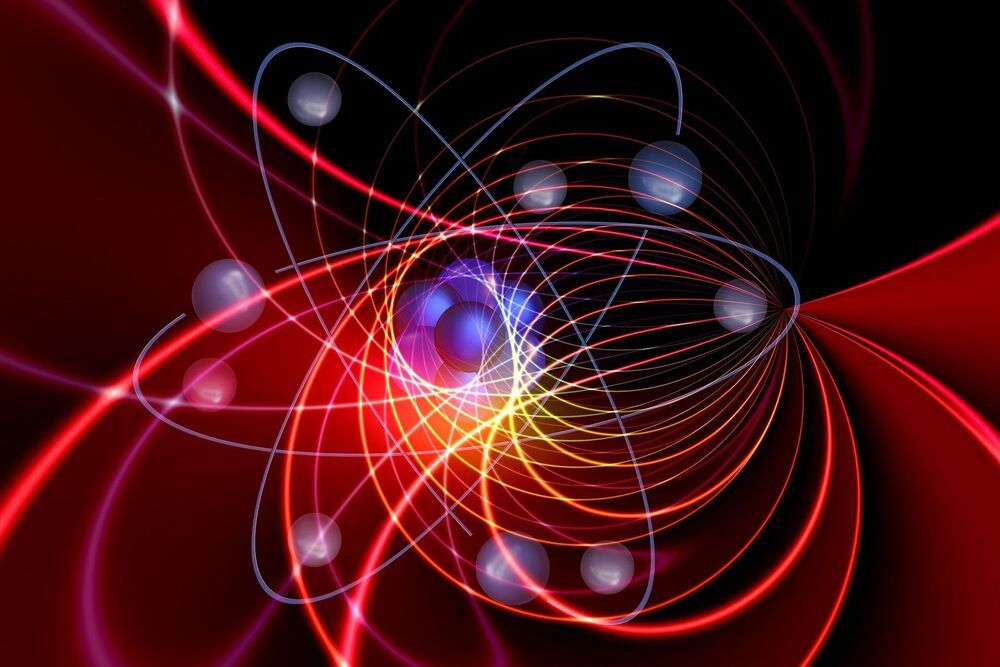Aug 5, 2021
‘Bogolons’ make graphene superconducting
Posted by Shailesh Prasad in categories: computing, particle physics, quantum physics
2D form of carbon transforms into a high-temperature superconductor if placed near a Bose-Einstein condensate, say theorists.
Graphene can be made to superconduct by placing it next to a Bose-Einstein condensate – a form of matter in which all the atoms are in the same quantum state. According to the theorists who discovered it, this new type of superconductivity stems from interactions between the electrons in graphene and quasiparticles called “bogolons” in the condensate. If demonstrated experimentally, the work could make it possible to develop new types of hybrid superconducting devices for applications in quantum sensing and quantum computing.
Conventional superconductivity occurs when phonons – quasiparticles that arise from vibrations in a material’s crystal lattice – cause electrons in the material to pair up despite their mutual electromagnetic repulsion. If the material is cooled to sufficiently low temperatures, these paired electrons (known as Cooper pairs) can travel through it without any resistance.
Continue reading “‘Bogolons’ make graphene superconducting” »


















